Tangier
White. That's the first obvious attribute of Tangier from the Tarifa ferry approach, spreading low along the horizon
and contrasting with the blue of the sea and sky.
Tangier is home to a Sultan's Palace, Old Medina and the Kasbah of Ibn Battuta but we departed next morning for Fez
through Tangier's modern, tidy and almost deserted CBD and trim business parks onto a dual carriage
expressway - none of which I was expecting of Morocco. A turn-off onto back roads through dry, litter-strewn fields, dawdling
donkey carts and
dusty villages was more in line with my expectations. This was a tourist route though, as evidenced by
the facilities at a tea & a pee stop - ample bus parking, manicured lawn and spacious al-freso area.
The Arabic custom of bog-wallahs that we'd gotten used to in Egypt and Syria was common in Morocco but with the
difference being that they actually kept the bogs clean here - no squats splashed randomly, Jackson Pollock style, with faecal stucco and they had functional
plumbing and freshly scrubbed floors.
It was somewhat anomalous and disconcerting however to have a hijabed, modestly-covered, middle-aged woman mop the floor
between your feet while you were still shaking the last drops off.
Volubilis. Once the capital of the kingdom of Mauritania it is now an archeological site of essentially Roman vestiges
from the empire's south-western frontier - abandoned by Rome, damaged by earthquakes and looted for stone to build the nearby town of Meknes
it's a UNESCO World Heritage site due to its many cultural influences - Mediterranean, Libyan and Moor, Punic, Roman, Arab-Islamic, African
and Christian.
Meknes. A bit of a sidetrack on the drive from Tangier to Fez, Meknes was the capital of Morocco under the reign of Sultan Moulay Ismail The Bloodthirsty (1672-1727)
who turned it into a city in Spanish-Moorish style, surrounded by high walls with great doors, blending the Islamic and European styles of the 17th century Maghreb
(north-west Africa). It was worthwhile seeing the ruins of the Royal Stables with their huge, arched columns thought to have housed 12,000
royal horses and the adjacent granaries that held 20 years of horse feed. While in ruins since an earthquake in 1755 and only
a seventh of its original size it's still an impressive structure.
Bab Mansour is a huge 18th century arched and columned gate (bab) of mosaic tiling that leads into the former imperial city and the mausoleum of Sultan Bloodthirsty.
The marble columns of Bab Mansour were brought from the Roman ruins of Volubilis.
Bab Mansour sits on the walled Place El-Hedime, said to be a version of Marrakesh's famous Jemaa el-Fnaa Square but
it was devoid of any activity and mostly empty thanks no doubt to the oppressive heat.
Fez
Quintessential Morocco or sterotypical Morocco? - The Fez Medina and its souqs met every expectation for labarynthine, shadowy, crowded narrow passageways of shoulder-to-shoulder itty-bitty shops
often with enough room only for the shopkeeper - transactions being completed from standing in the alley. Add in the occasional skinny pack horse and it gets squeezy.
In comparison the souq and surrounding alleys in ancient Old Damascus were positively spacious.
Tourists are tolerated in this living city but are
expected to keep out of the way of those making a living there. You'll get shouted at if you stand in the way of a delivery man
and you're expected to ask before taking anyone's photo but the vibe was pretty casual.
There's a circuit of tourist-oriented businesses
that we were steered through; they had arrangements with tour companies obviously but their wares were genuine - ceramics,
copper, silver and gold metalware, the fabulously Dickensian premises of the Bougueddach Collective weavers, herbal products and the famous
Chouara Tannery - which really does stink. You're handed mint to hold under your nose if you want to view the dye vats.
Marrakesh
The Red City. The Medina was the must-see in Fez. For Marrakesh it's the Djemaa El Fna square that comes
alive at night with musicians, snake charmers, food stalls (camel head anyone? Tongue? Eyeball?) and persistant young touts dressed in an African version of
American rap-gangsta trying to flog ostentatiously tacky watches of dubious origin
and reliability. Interesting to stroll through the hubbub without having to spend a cent, except perhaps at the neighbouring
souq - a couple of narrow but brightly lit passageways crowded down each side with purveyors of all types of shelf-filling shite & briney
objets-d'trinket (I'm kidding; most of the stuff was good quality). Fascinating, and it leaves the Royal Easter Show and bland shopping malls for dead when it comes to the atmospherics.
Next to the square behind a subtle facade is the Relais de Paris, a posh nosh that's more than tagines and ferking couscous.
Very nice - 4 stars.
Bahia Palace in the Marrakech medina is a 19th century palace and gardens in Islamic Moroccon style
which includes a large tiled courtyard decorated with a central basin and surrounded by rooms for the concubines of the Grand Vizier who'd
risen through the ranks from slave to 2IC.
Trivia: The inventor of the first pedestrian crossing light, Leslie Hore-Belisha, is buried in the Jewish
cemetery of Essaouira on the Atlantic coast west of Marrakesh. Follow the beeping sounds.
Ha! The pedestrian crossing beeper is an Aussie invention.
Casablanca
No comments on Casablanca are complete without a nod to the Humphrey Bogart/Ingrid Bergman movie that wasn't filmed there.
There really is a Rick's Cafe but it's purely the gimmick of an entrepreneurial American who snaffled the name before anyone else did.
Despite Casablanca's renown it's written up in many travel guides and reviews as being worthy of no more than a drive-by.
It looked OK from a bus window - modern and busy but nothing special.
However, the Hassan II Mosque is the largest mosque in Morocco, the second largest in Africa, the seventh largest in the world
and the only mosque in Morocco allowing entry to non-Muslims so we did stop there for a look-see. With a said to be 60 storey minaret (it is impressive but looked about half that) on a 9 hectare
site it can accommodate more than 100,000 worshippers at a time. Completed in 1993 it is certainly imposing inside and out.
The style though is completely different from the mosques in the Middle East. The Blue Mosque
in Istanbul in particular has that added wow factor because it's not only huge but it has the traditional domed architecture
with multiple tall & skinny, round minarets.
Trivia: Mosques in the Middle East these days have speakers at the top for the call to prayer - it's too hard a haul for
aging muezzins to make the climb 5 times a day. The Moorish minarets in Spain and Morocco are square and wider, equipped
with internal ramps rather than stairs so that the muezzins could ride donkeys to the top.
Rabat
Things To See In Rabat Part 1
The Royal Palace of Rabat (Dar-al-Makhzen) is the primary and official residence of the king of Morocco.
Modest in scale as palaces go, it is surrounded by "French-style landscaped gardens inspired by traditional Arabic motifs". That particular piece of
oxymoronic bollocks is from a Moroccon Tours web site.
The interior of the palace is closed to visitors but the gardens and parade ground make dropping by worthwhile.
Things To See In Rabat Part 2
The Mausoleum of Mohammed V with the tombs of the Moroccan king and his two sons.
The Mausoleum faces the 44m Hassan Tower, a minaret of the otherwise ruined Hassan Mosque (circa 1195).
Mo_V was one one of the most severe rulers of
Morocco (1961-1999), his autocratic style resulting in two attempted assassinations and one coup de'tat in which his
plane was strafed by Moroccon military jets. After that failed the jets strafed the dignitaries awaiting Mo's arrival instead.
Morocco's Defence Minister who was behind the attempted coup was officially found to have "commited suicide" - via five bullet holes in his head.
Mo's remains, and those of his two boys, are kept company by a Koran reader seated on a lounge within the Mausoleum while the
site is guarded by elaborately costumed guards - two on horseback at the entrance gates, one standing within the Mausoleum and
another young bloke who quickly dropped his durry and resumed the position when we rounded a corner and caught him by surpise.
The countryside
The accessible part of Morocco is that half north of the High Atlas mountains that form a backdrop to Marrakesh with
its high peaks covered in snow in the winter. Our route from Fez to Marrakesh took in the Low Atlas mountains of
less alpine, more tree covered terrain with a windy, uphill/downhill road in reasonably good shape.
Other parts were open, mostly treeless hills of rocky scarps and dry grass with intermitent townships that
varied in size from middling to collections of hovels. What wasn't uncommon were clusters of apartments on the edges - seemingly
finished but empty. Stange. There were sections of high intensity agriculture - vast plastic hothouses covering
several hectares - from what could be seen through the plastic bananas were a popular crop. No doubt with some ganja
mixed in somewhere. Eucalyptus plantations were also common, as they were also in Portugal. The biggest surprise was
the town of Ifrane between Fez and Marrakesh in the Middle Atlas. Green and tree-covered it's called the Switzerland of Morocco being
a popular detination for Moroccan tourists due to its cool climate and winter snows. A pleasant pause on a long drive.
'

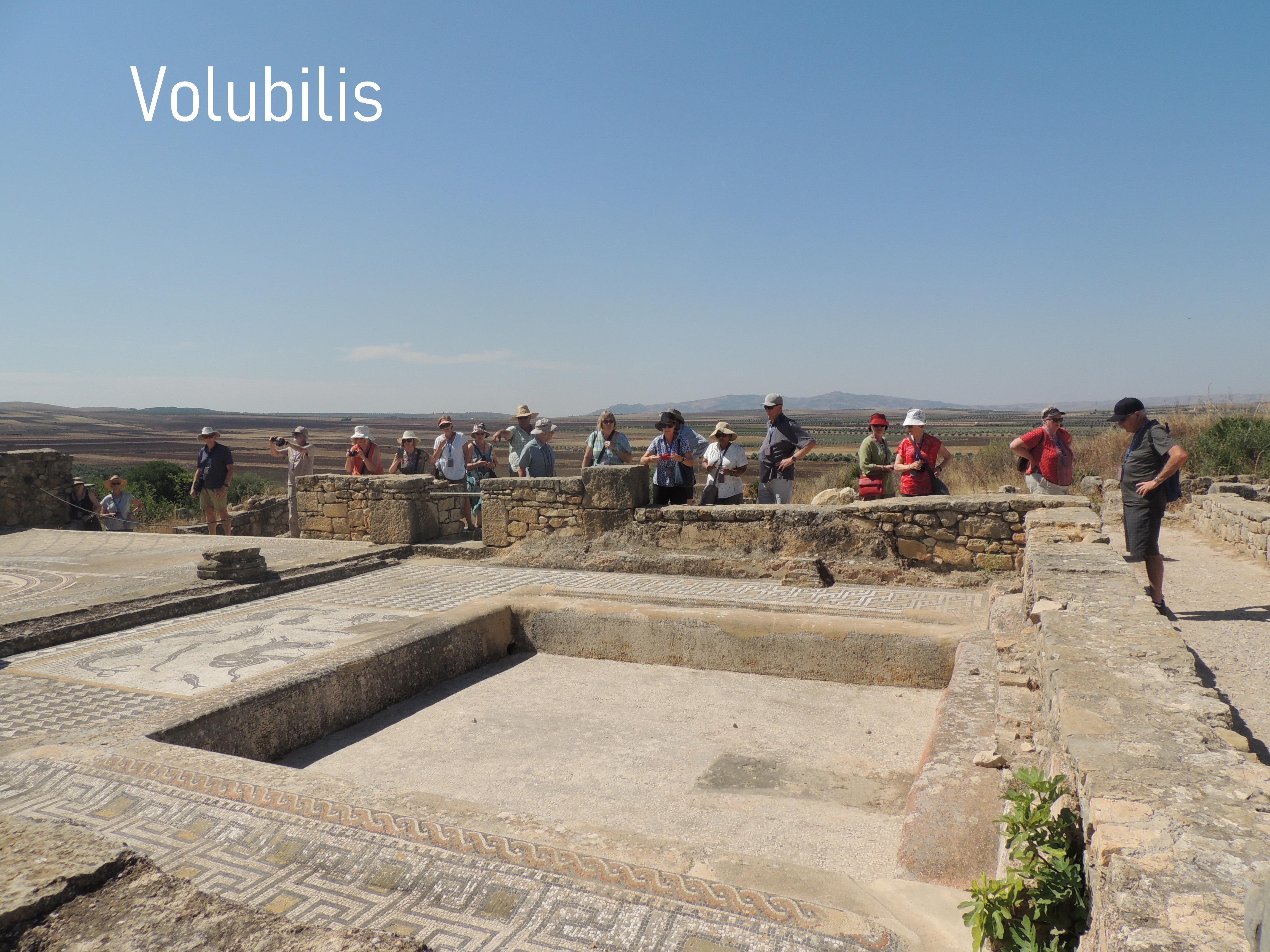

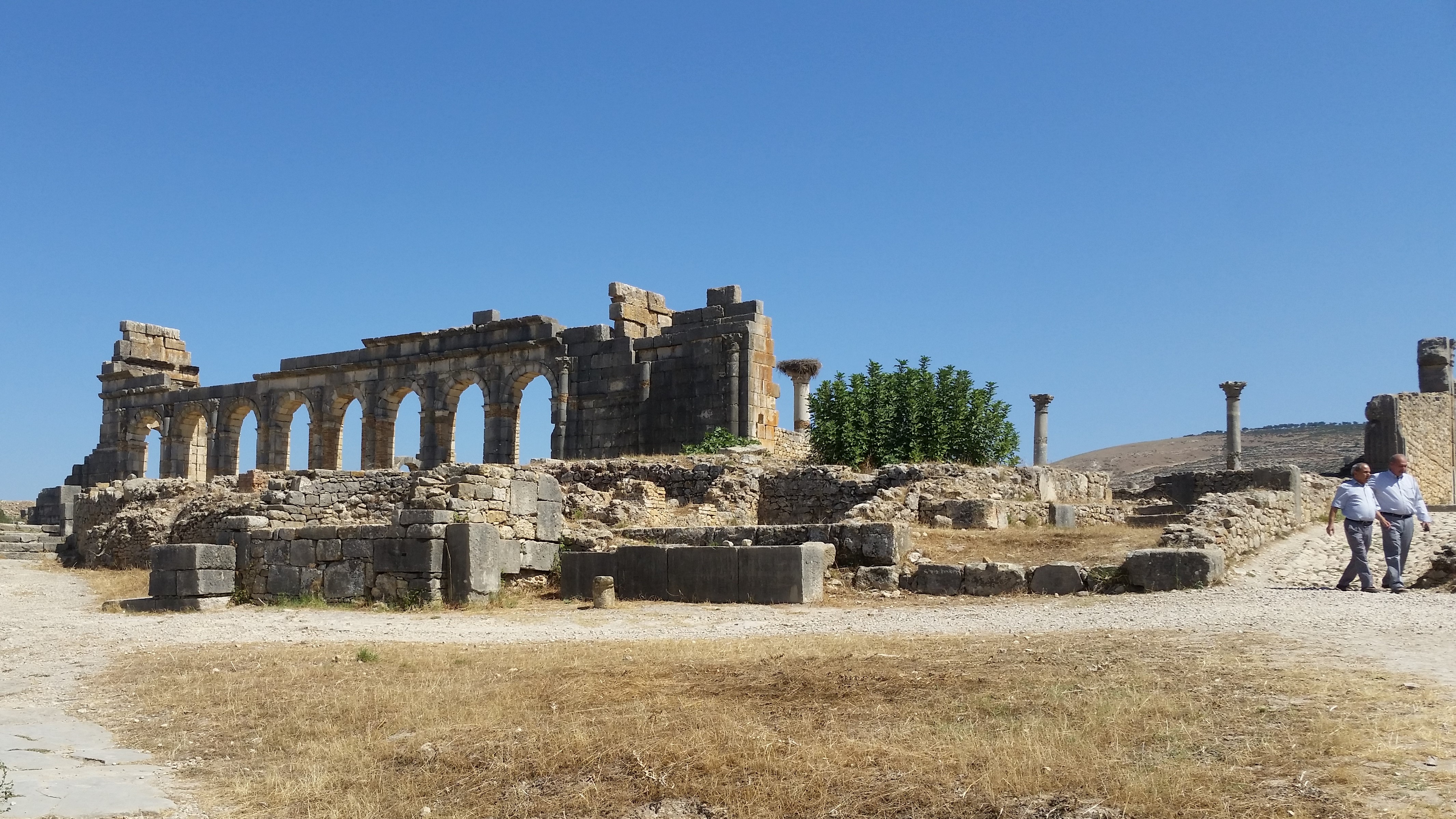

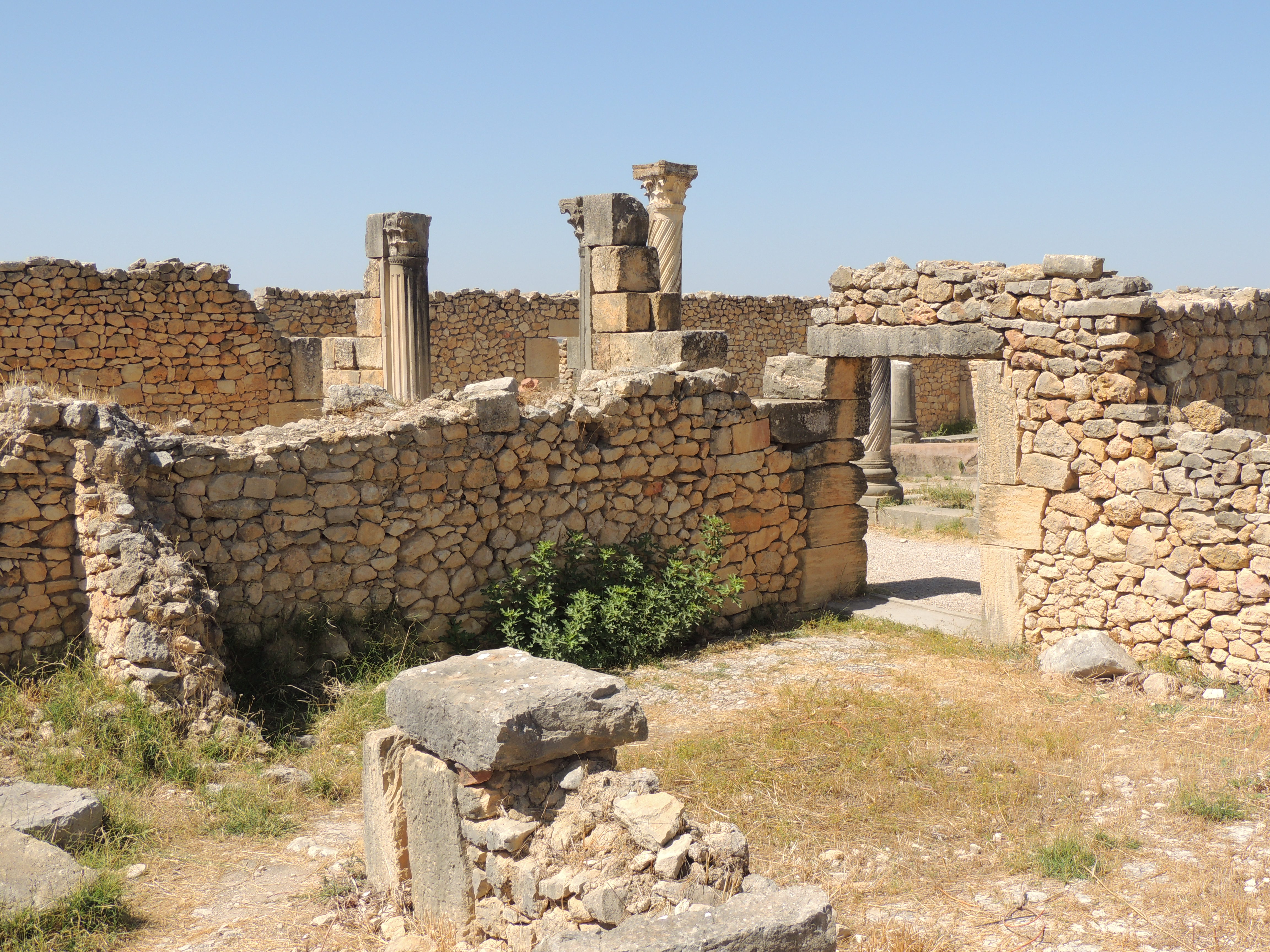
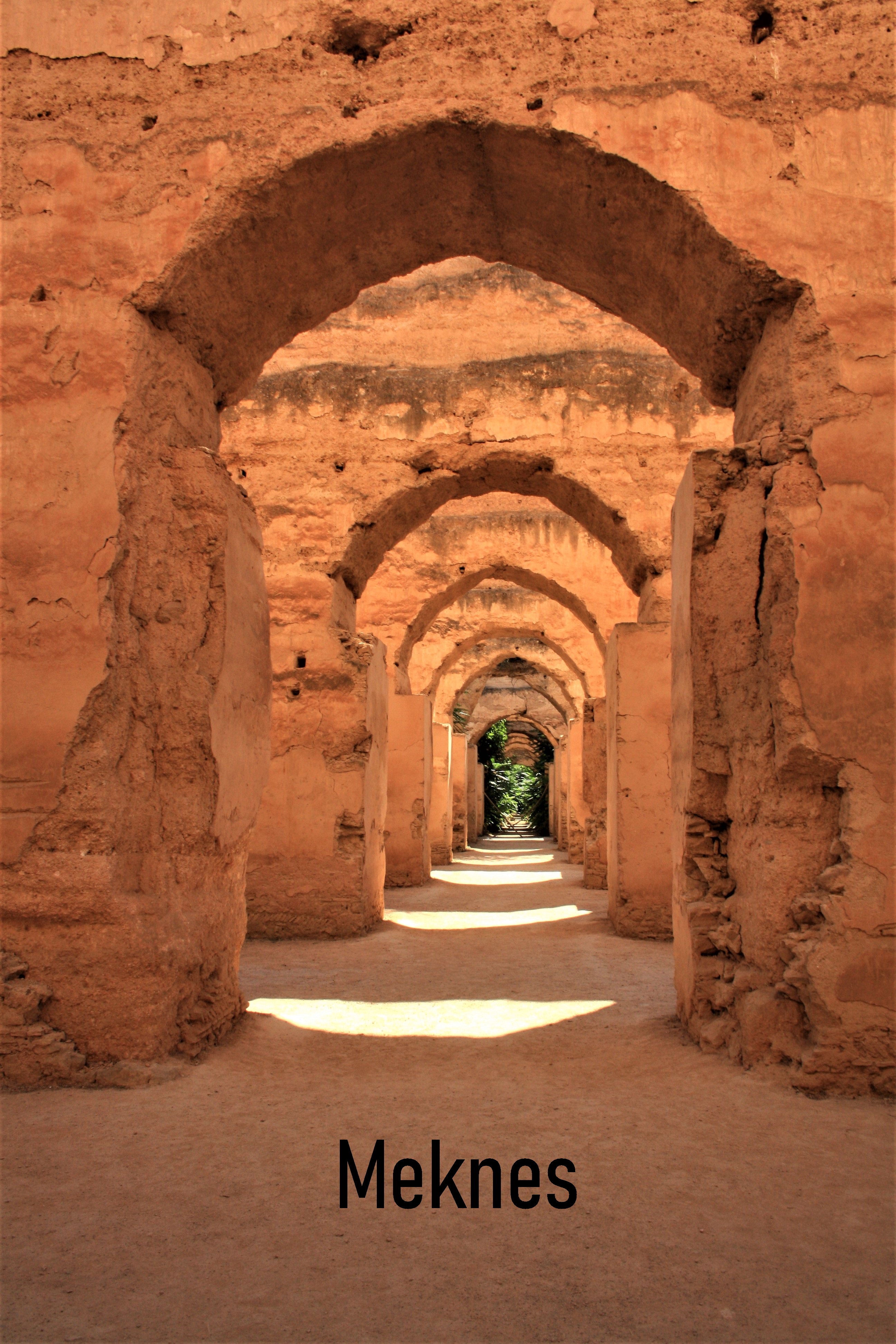

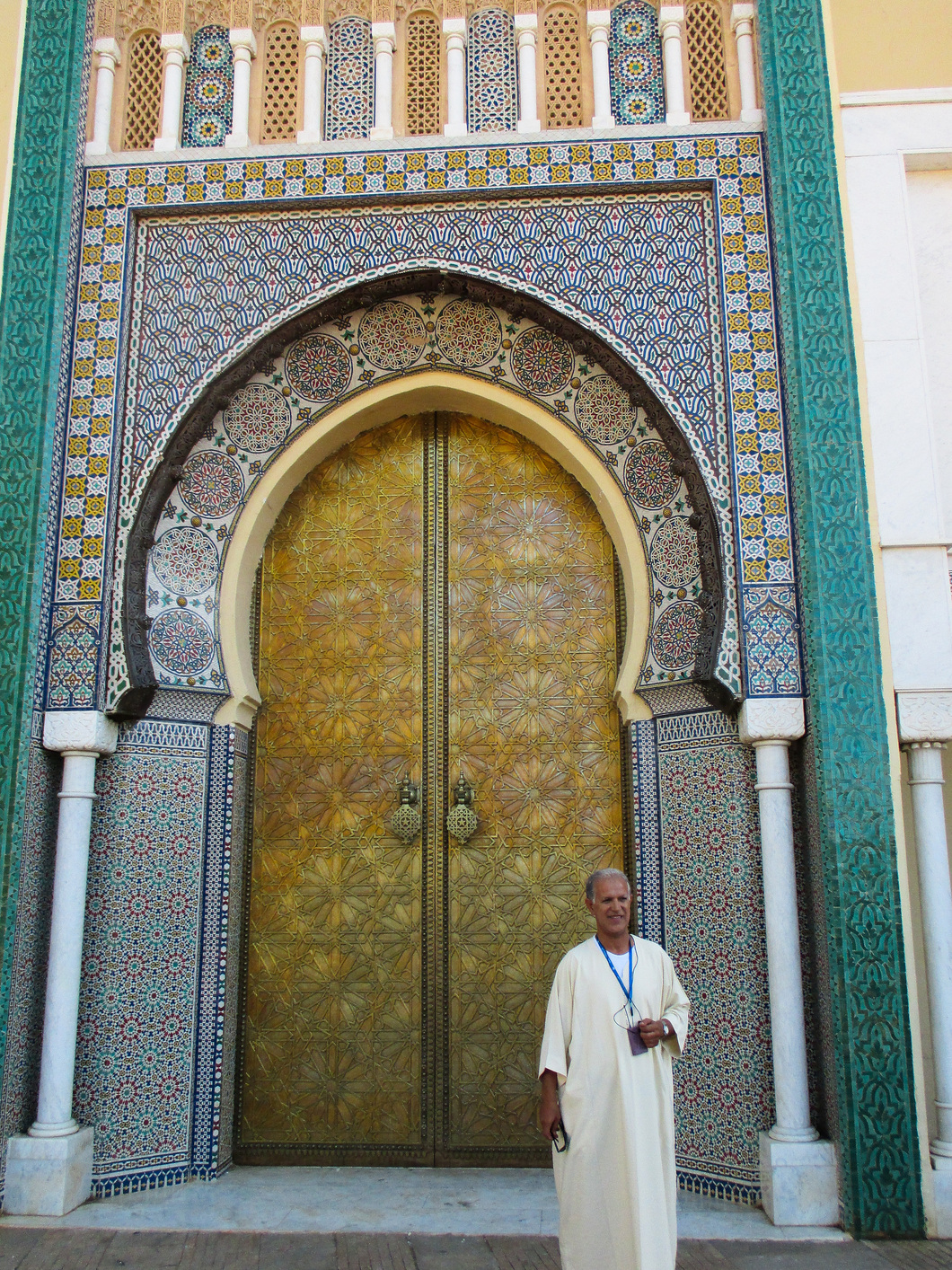
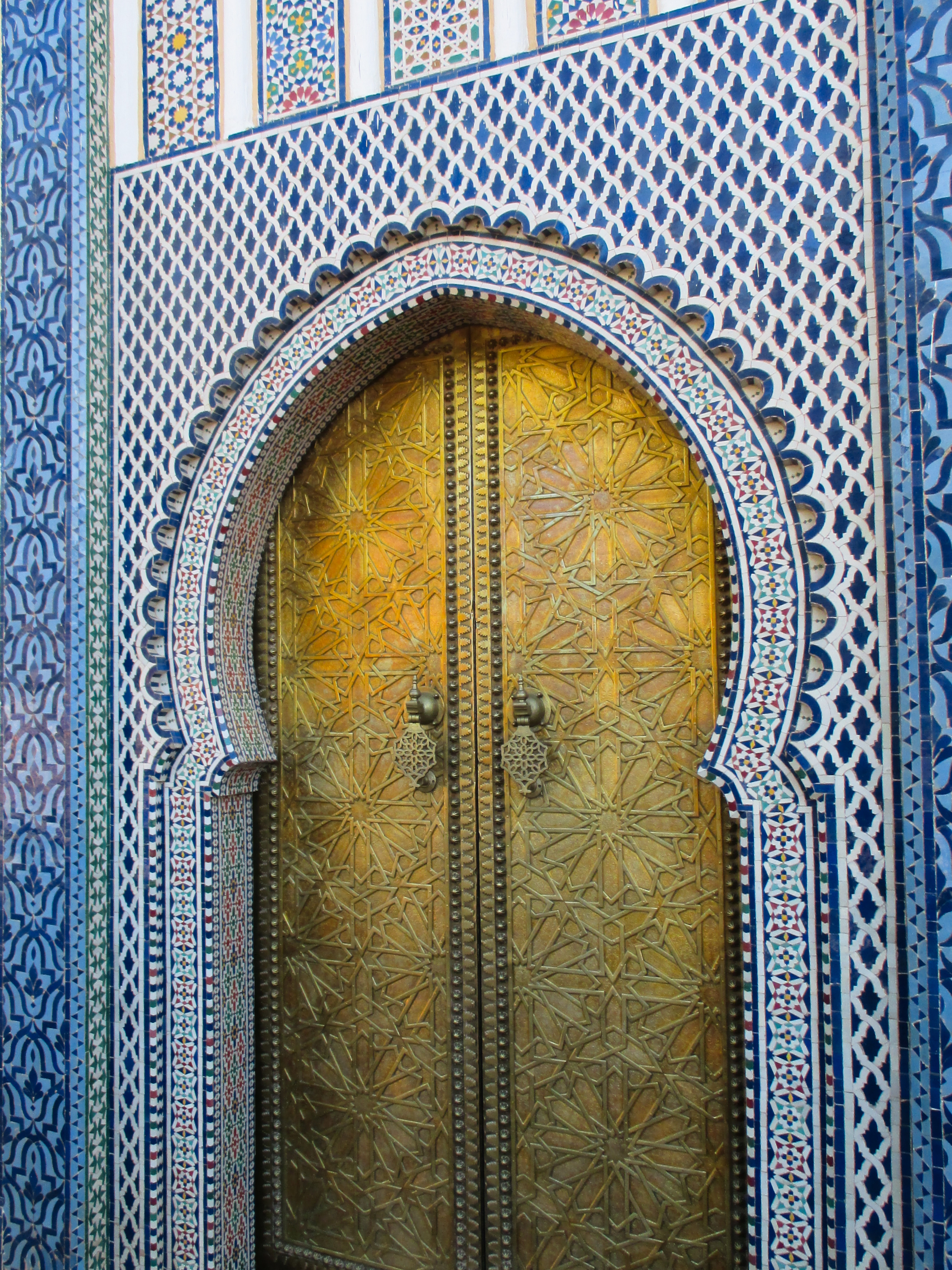







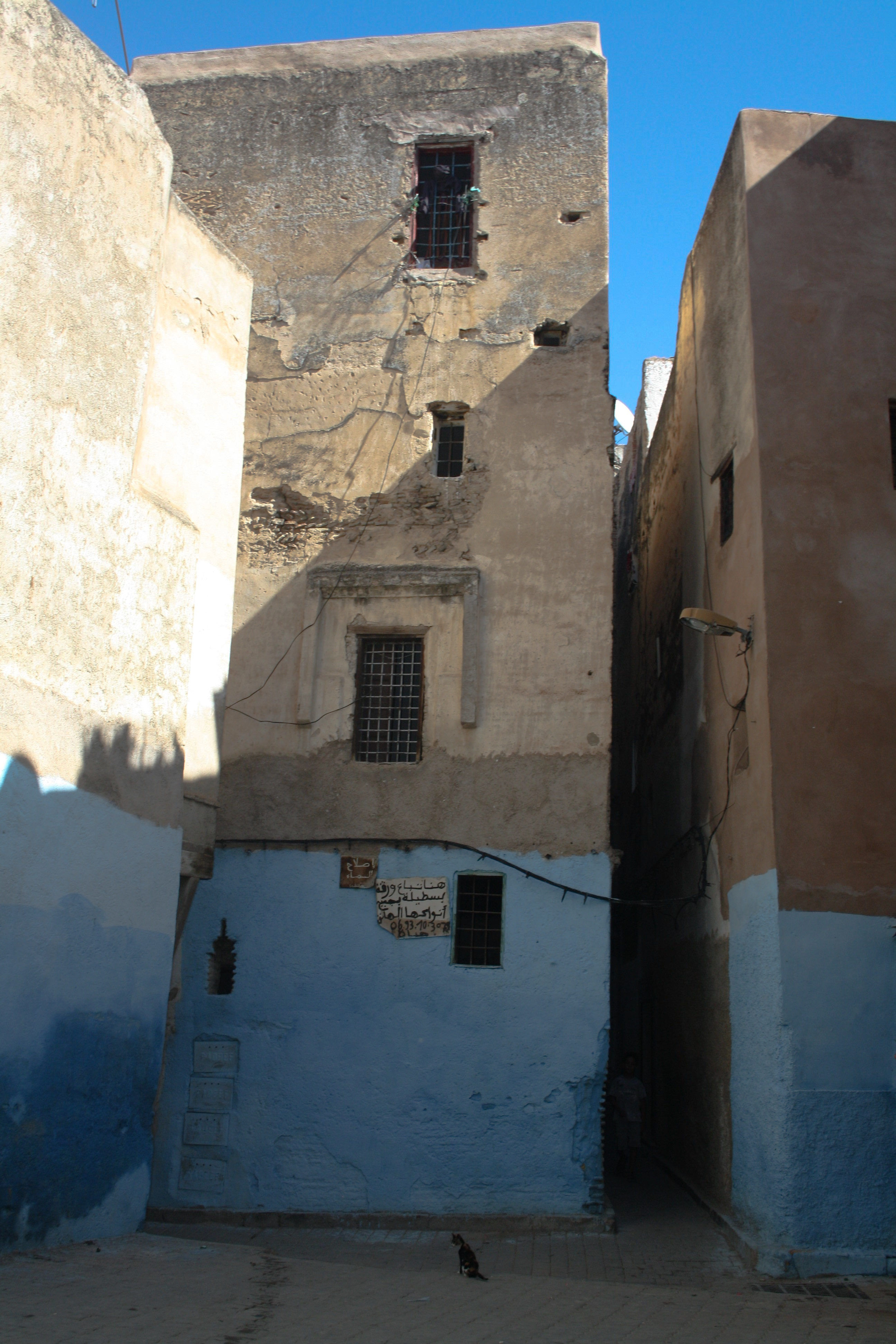



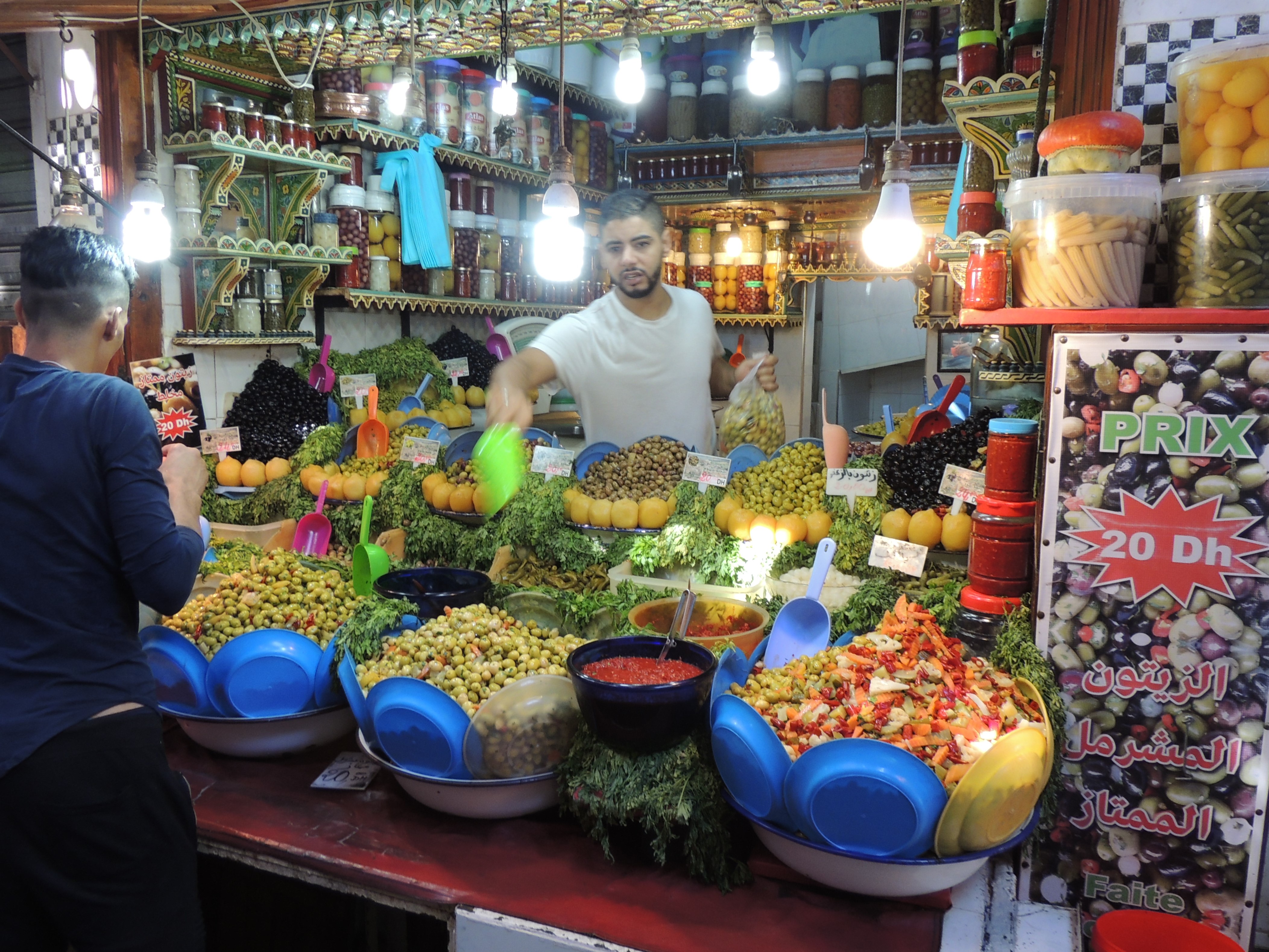




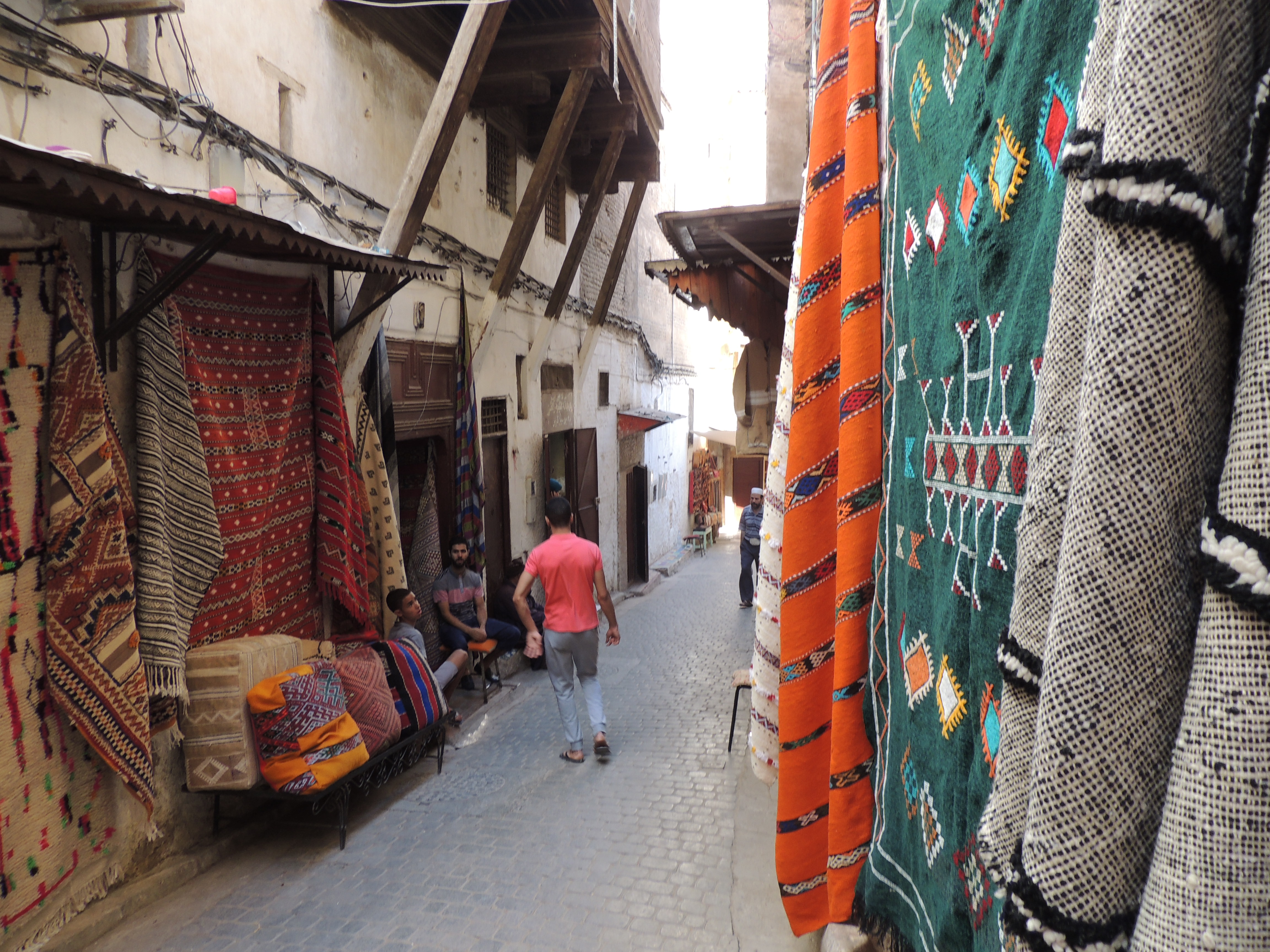






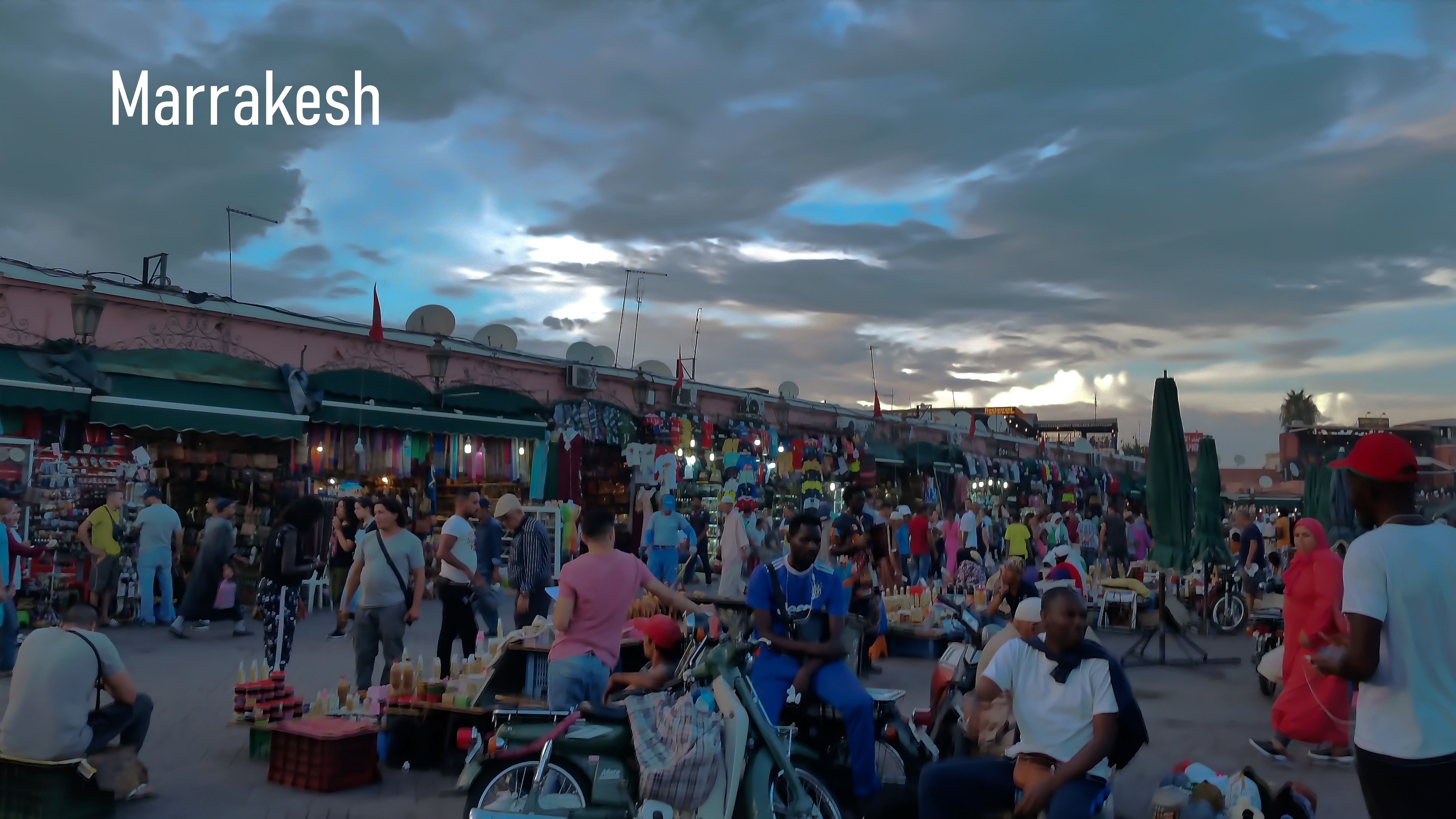









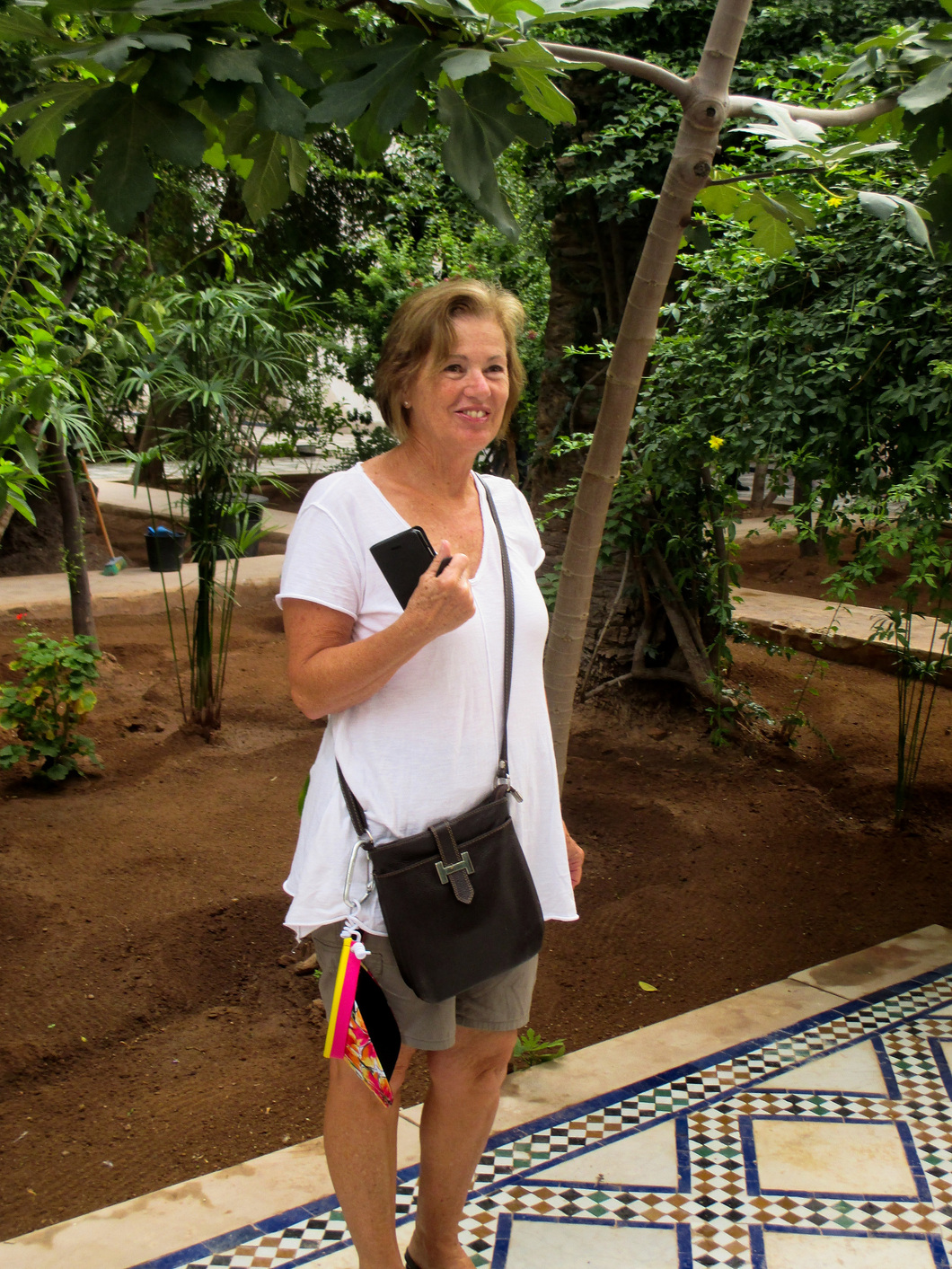




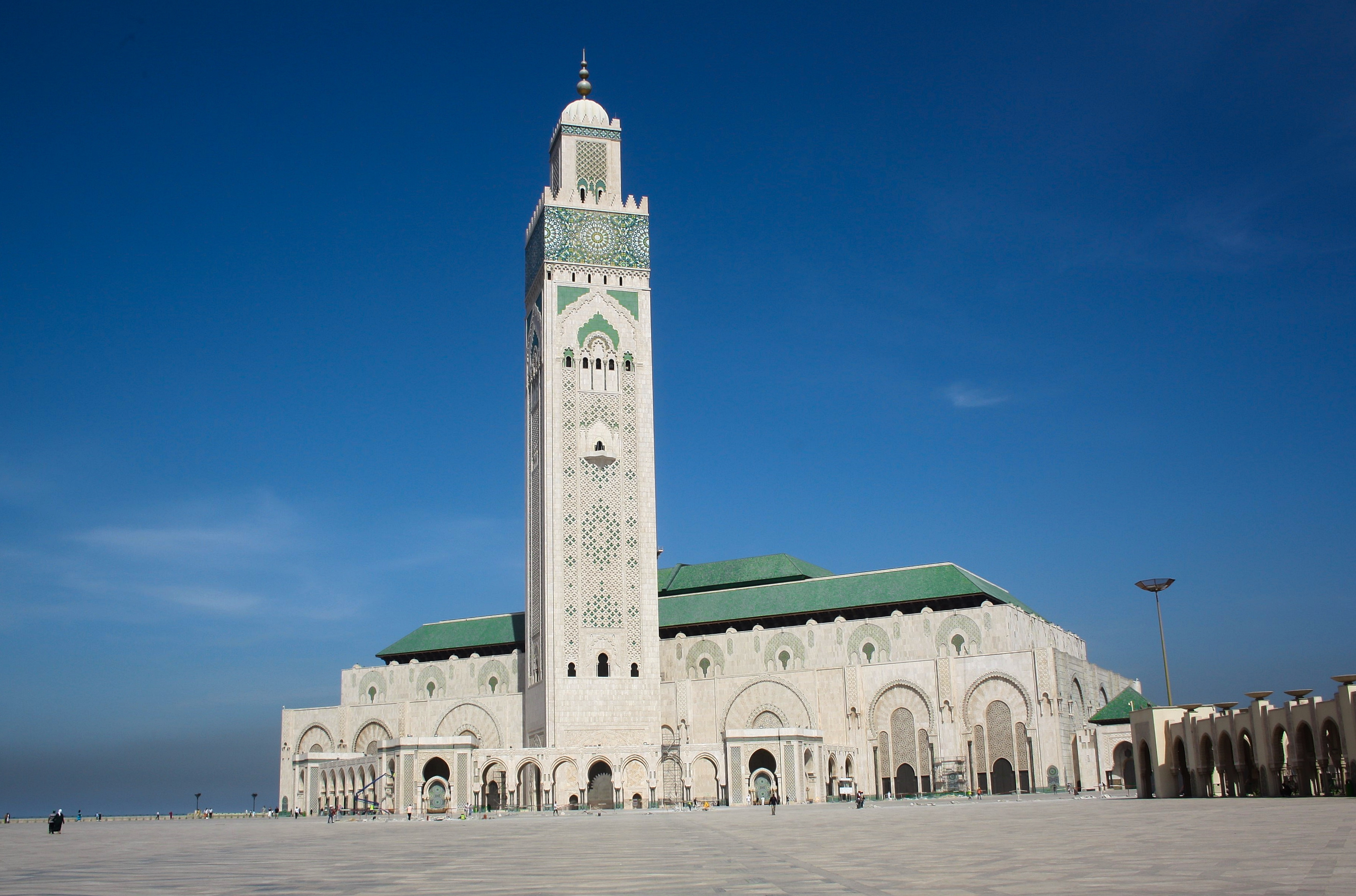

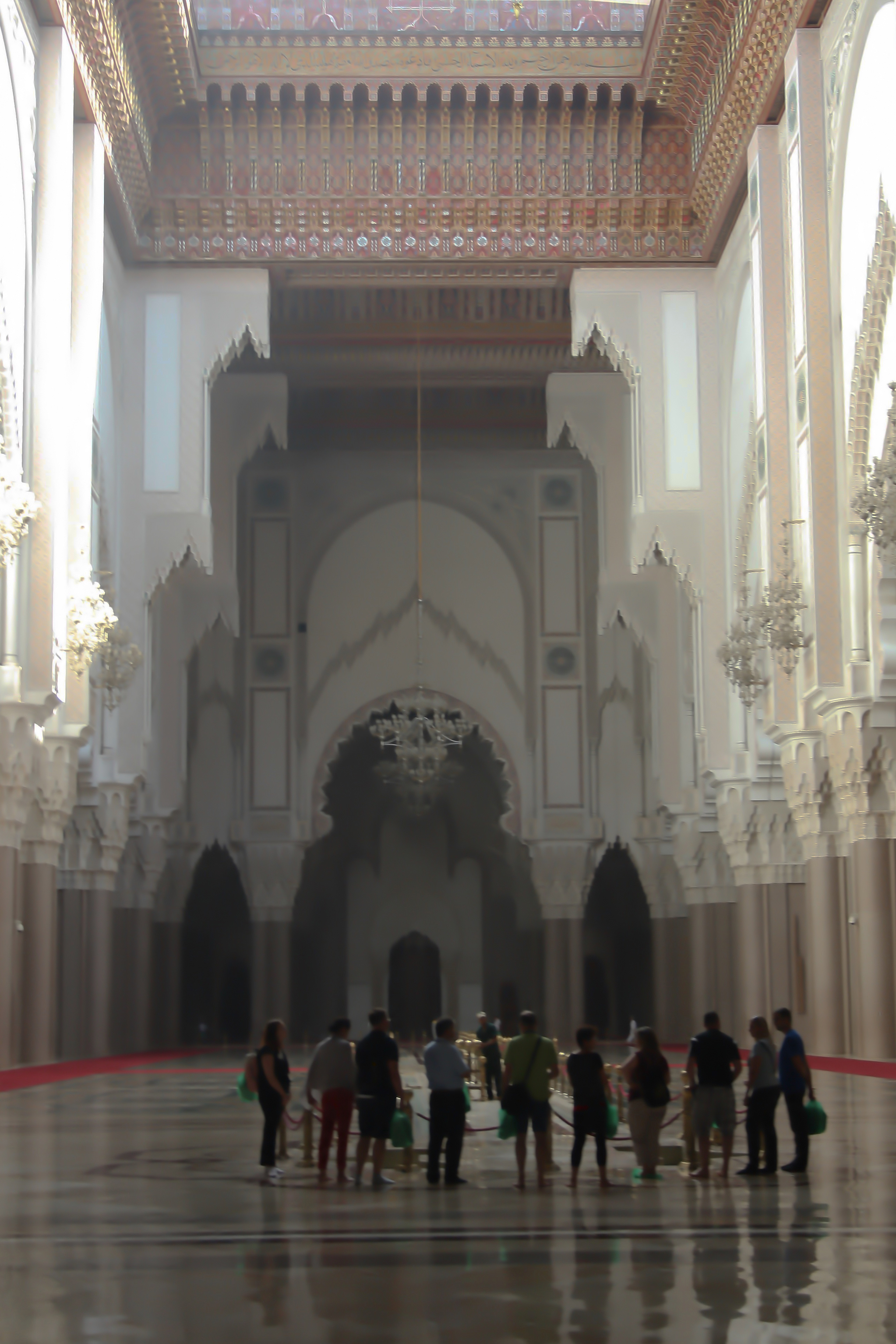




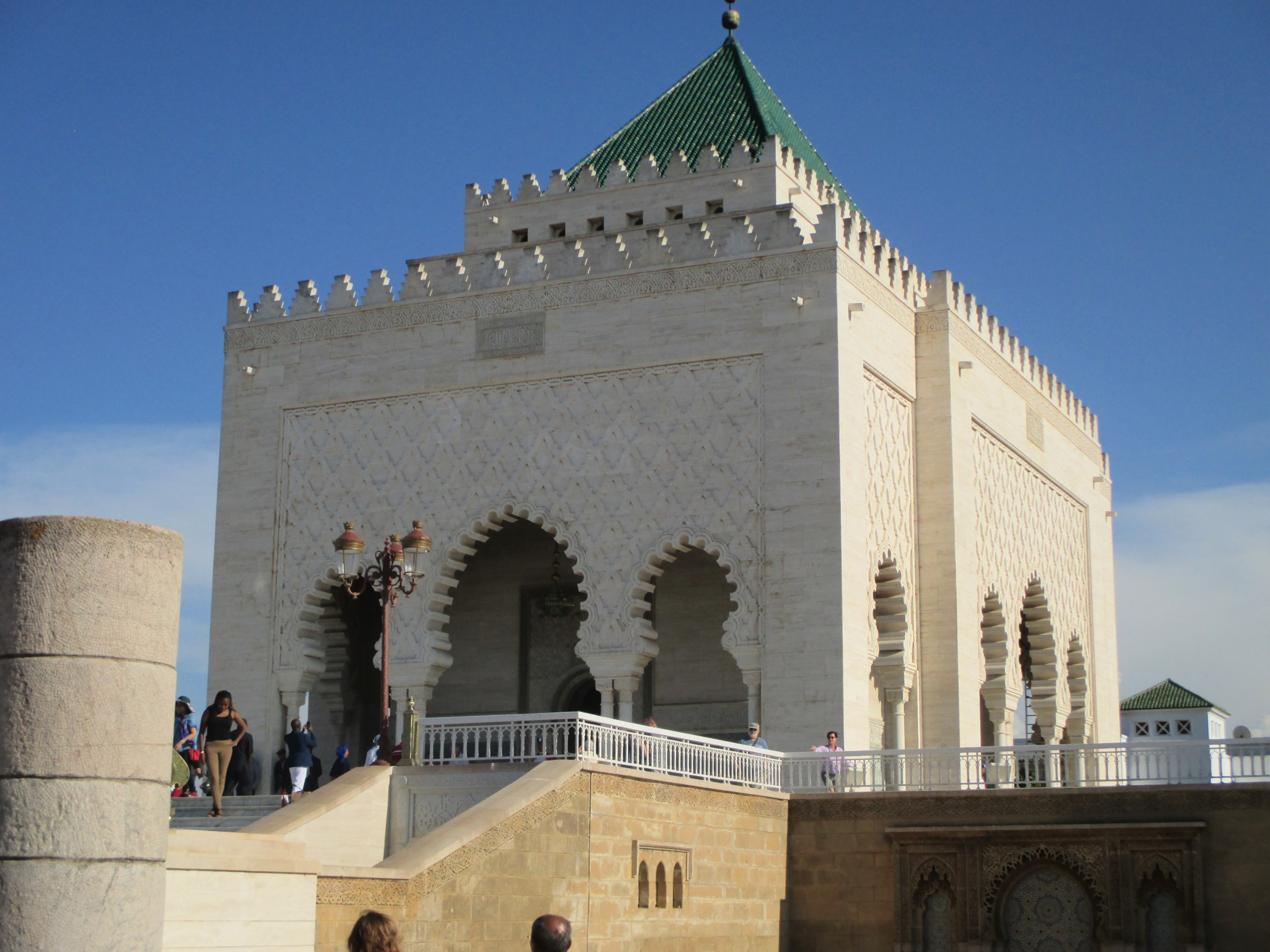

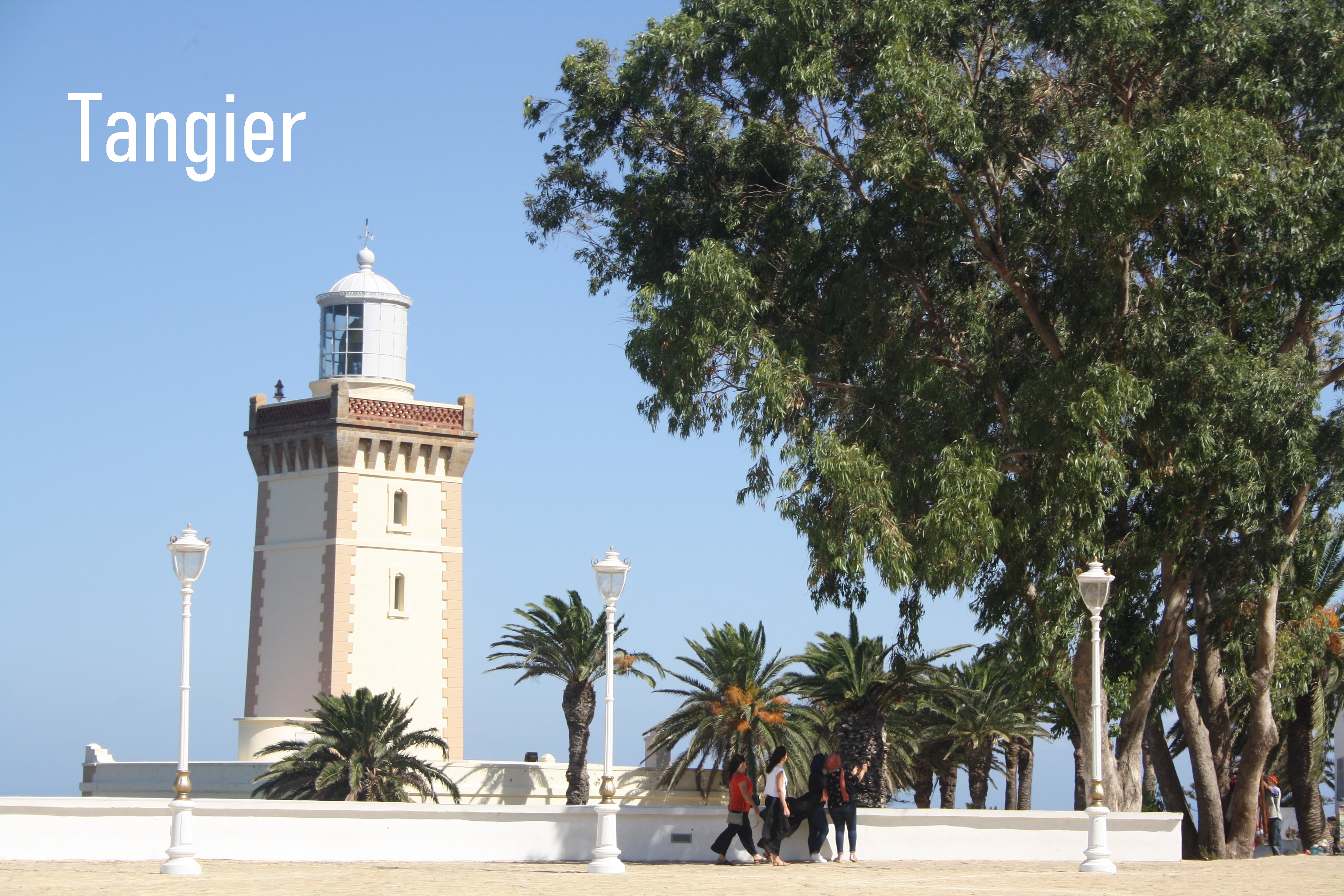
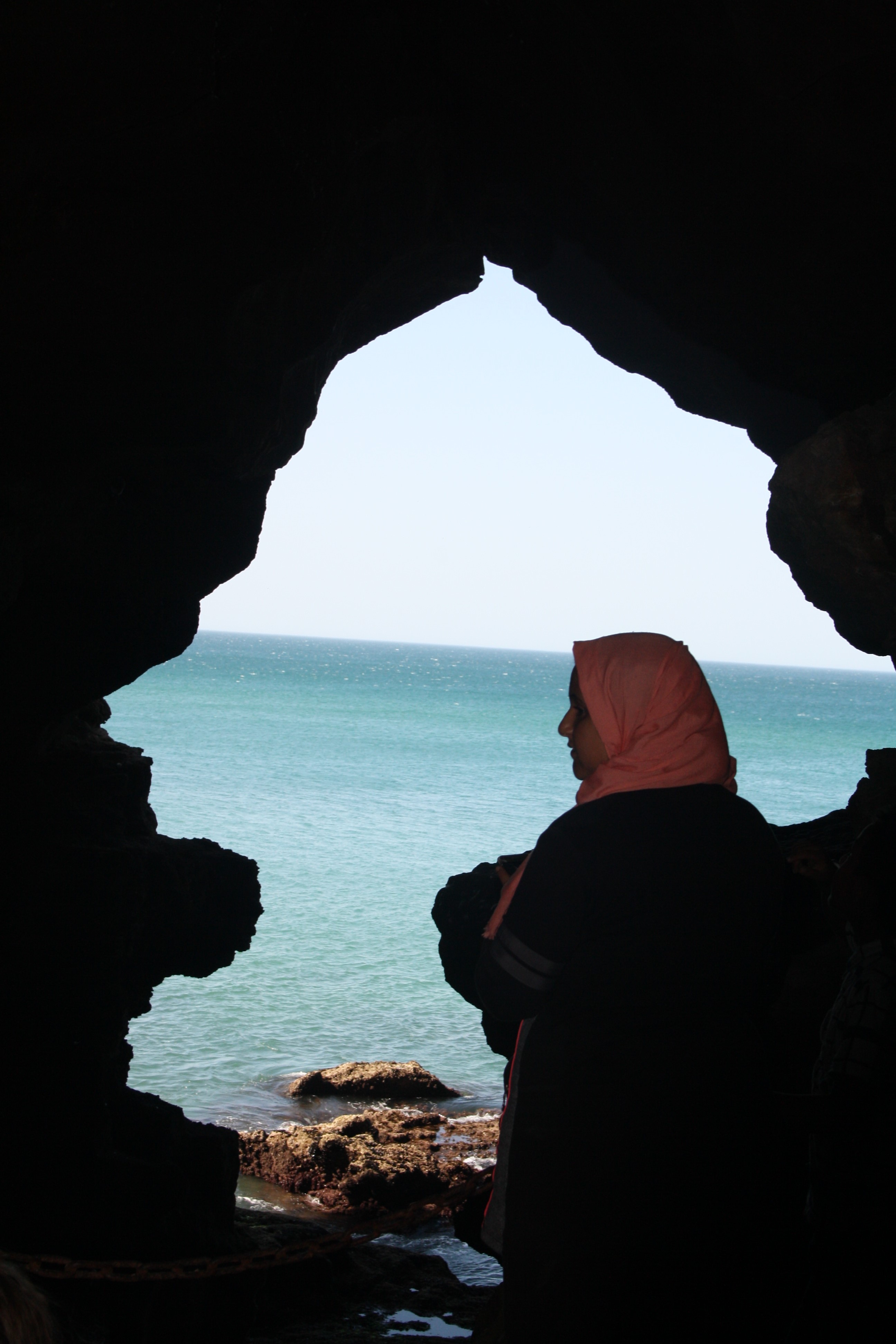

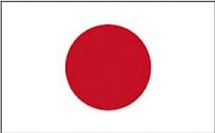 ,
,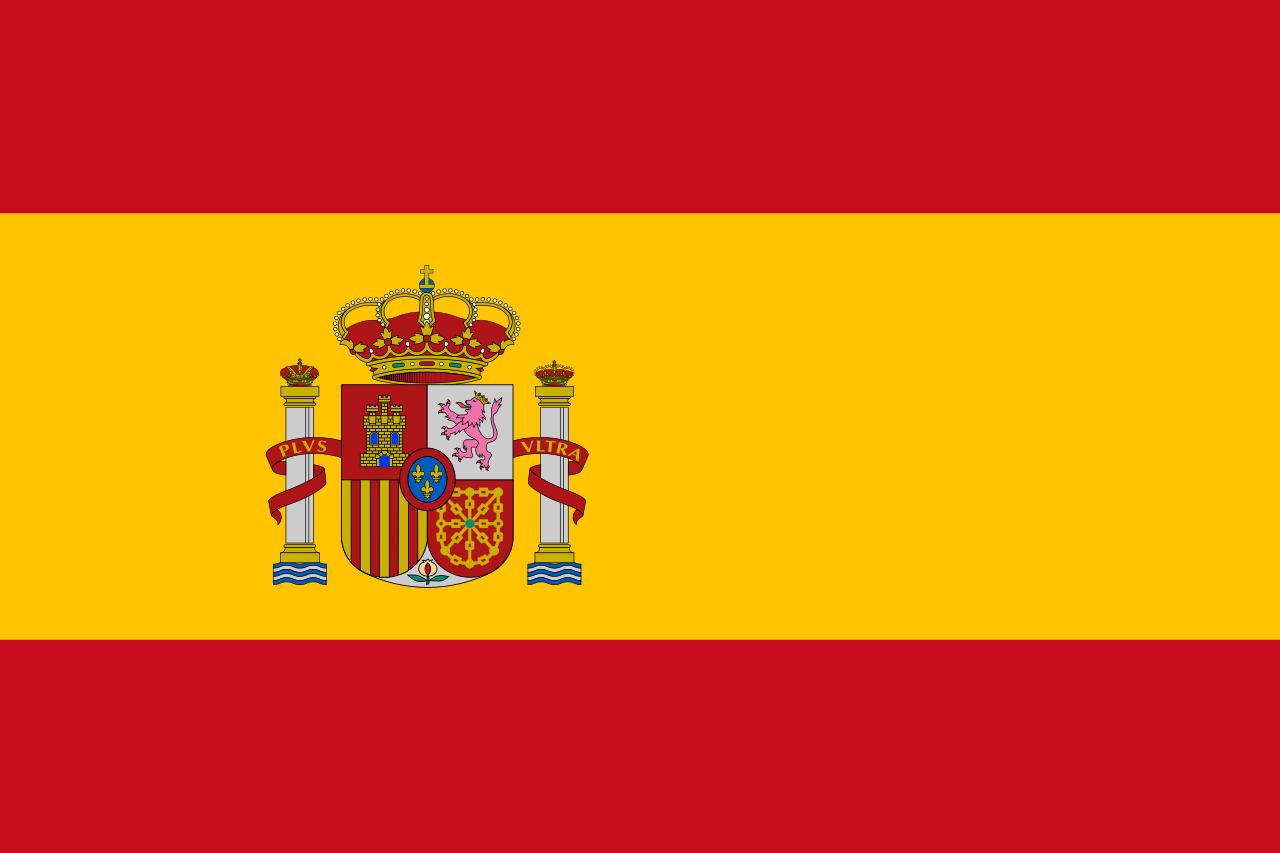 ,
,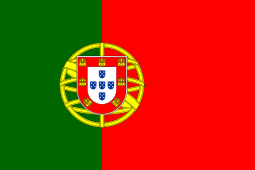 ,
, ,
, ,
, ,
, ,
, ,
, ,
, ,
, ,
, ,
, ,
, ,
, ,
, ,
, ,
,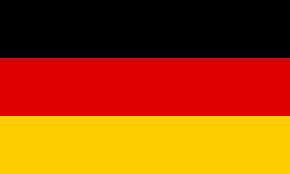 ,
,